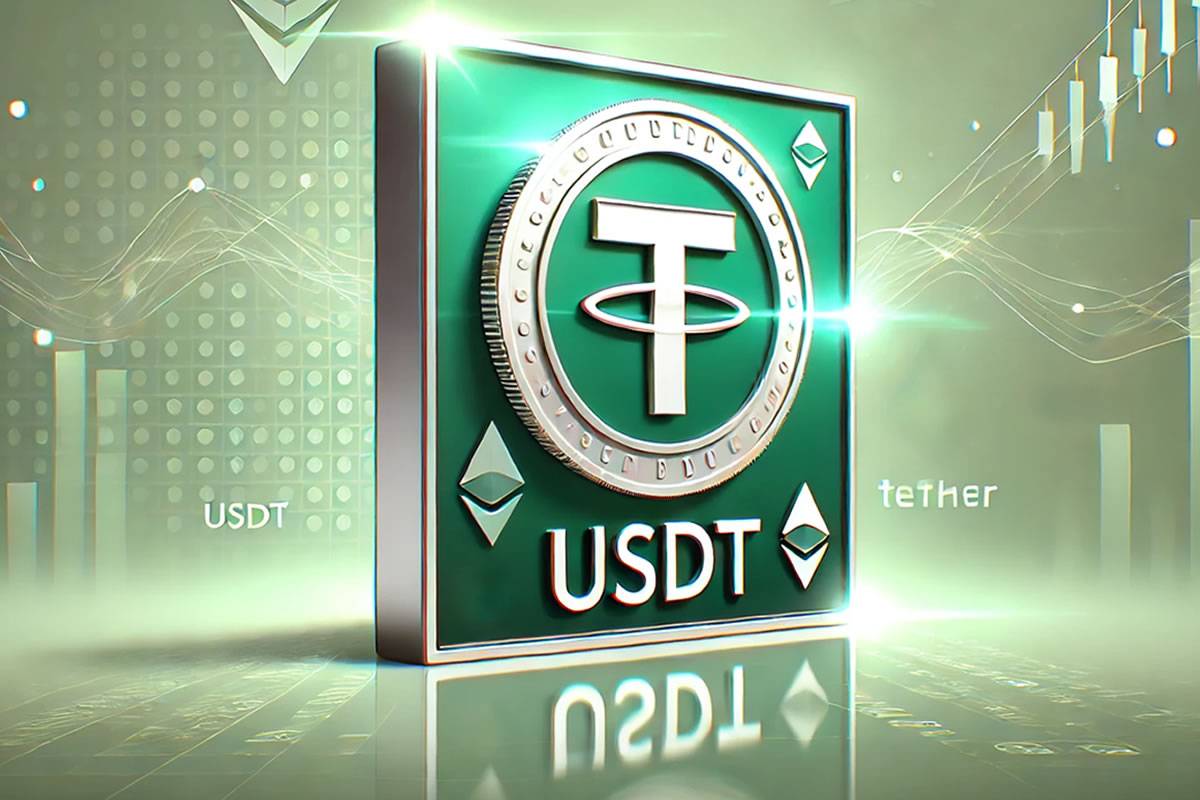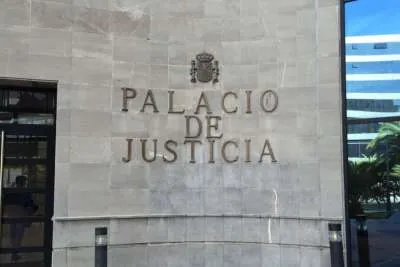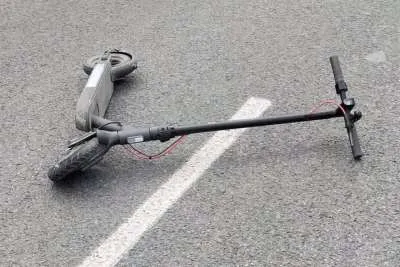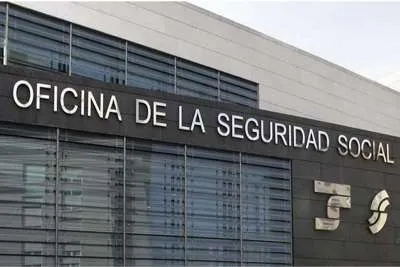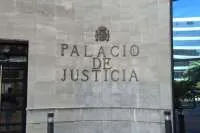Everything about the most popular versions of USDT
- 27-03-2025
- Business
- collaborative post
Tether (USDT) has established itself as a leading stablecoin in the cryptocurrency ecosystem, providing a reliable bridge between fiat currencies and the digital world. As this asset has grown in popularity, it has been deployed on multiple blockchains, offering users flexibility in terms of speed, cost, and network compatibility.
Among the most widely used versions are USDT ERC20, built on Ethereum, and USDT TRC20, operating on the TRON blockchain. Understanding their differences and knowing when to convert USDT ERC20 to TRC20 and vice versa can optimize your cryptocurrency transactions.
USDT ERC20: A gateway to Ethereum’s ecosystem
This version is hosted on the Ethereum blockchain, making it an integral part of Ethereum’s expansive DeFi (decentralised finance) ecosystem. It benefits from Ethereum’s high level of decentralisation and security, which has made it a trusted choice for many traders and institutions. Users often prefer USDT ERC20 for interacting with Ethereum-based dApps, participating in liquidity pools, and trading on decentralized exchanges (DEXs) such as Uniswap.
However, the popularity of Ethereum comes with drawbacks. During periods of high network congestion, transaction fees can skyrocket, making small or frequent transfers costly. These limitations have prompted many users to consider alternatives, especially for transactions that do not require Ethereum’s advanced capabilities.
USDT TRC20: Efficiency on the TRON blockchain
This version is hosted on the TRON blockchain, which is known for its speed and low transaction costs. Unlike Ethereum, TRON’s network fees are negligible, and transactions are processed almost instantaneously. These characteristics make USDT TRC20 an attractive choice for users prioritizing cost-efficiency and speed, particularly for high-frequency trading, arbitrage, or large remittances.
While TRON offers impressive scalability and lower fees, it lacks the extensive DeFi infrastructure of Ethereum. This limitation may deter users who require complex financial instruments or wish to integrate Tether into Ethereum’s ecosystem.
When to swap between the ERC20 and TRC20 versions
Choosing between these two versions depends on your specific needs and the context of your transactions. For example, if you are engaging with Ethereum’s DeFi platforms, swapping to USDT ERC20 is essential to ensure compatibility. Conversely, if you are transferring funds to another wallet or exchange and want to minimise costs, USDT TRC20 is often the better option.
Exchanges and platforms that support multiple versions of USDT typically offer internal swap services, enabling users to swap USDT TRC20 to ERC20 or the other way around seamlessly. These swaps can save you from incurring additional fees associated with withdrawing and depositing USDT on different blockchains. However, it is crucial to verify the blockchain compatibility of the receiving wallet or platform before initiating a transaction to avoid loss of funds.
Other less popular versions of USDT
In addition to ER-20 and TRC20, Tether is available on other blockchains, such as Solana, Algorand, and Binance Smart Chain (BSC). These versions are often chosen for their unique features. For instance, the version on Solana benefits from high transaction speeds and low fees, making it suitable for projects within Solana’s growing ecosystem.
Similarly, the version on Binance Smart Chain provides compatibility with the Binance ecosystem and is widely used for DeFi applications and NFT marketplaces. While these versions are less popular compared to ERC20 and TRC20, they cater to specific user needs and offer additional flexibility in the expanding blockchain landscape.
Conclusion: Maximising utility with the right version of USDT
Understanding the strengths and limitations of USDT ERC20 and TRC20 empowers users to make informed decisions tailored to their needs. Whether you prioritise the security and ecosystem of Ethereum or the cost-efficiency and speed of TRON, both versions offer unique advantages. By strategically swapping between them, you can enhance the efficiency and effectiveness of your cryptocurrency operations, ensuring you get the most out of your Tether holdings.
Other articles that may interest you...
Trending
Most Read Articles
1.
Featured Videos
A Vision of Elvis Tenerife Promo
- 10-05-2025
TEAs 2025 Highlights
- 17-11-2025


